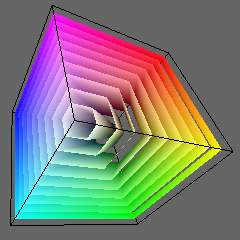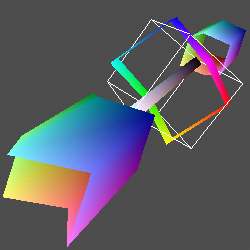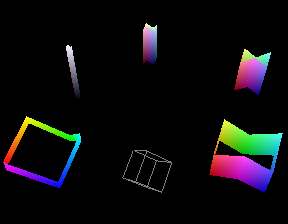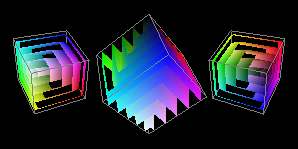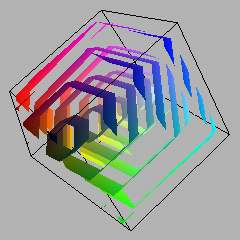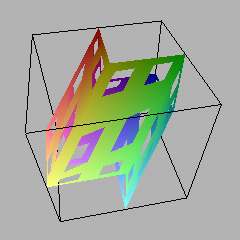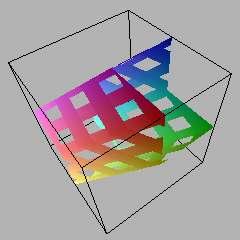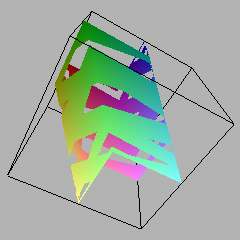Color is a complex phenomenon that makes each person's experience of color distinct. As a result, we often have difficulty in communicating about color. This website is partially dedicated to overcoming this by defining color terminology using the COLORCUBE as the standard model for visualizing color concepts. Since we do not claim to be the utmost authorities on color, we invite you to challenge and debate our statements about the "dimensions of color". Dimension of Color: ChromaDescription - Inside the COLORCUBE - Behaviour - Relationship with other dimensionsChroma - Hue - Luminance - Saturation - Value - RGB/CMY
|
Other software: Non-software products: |


